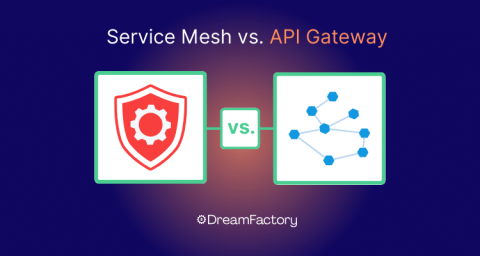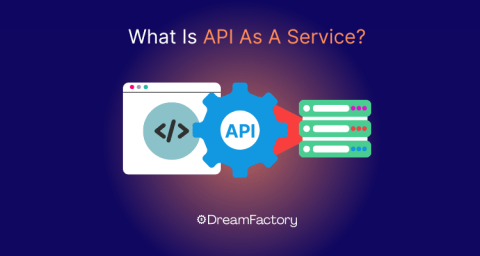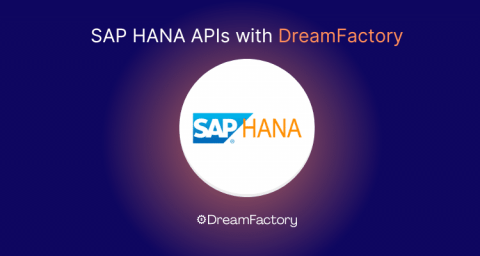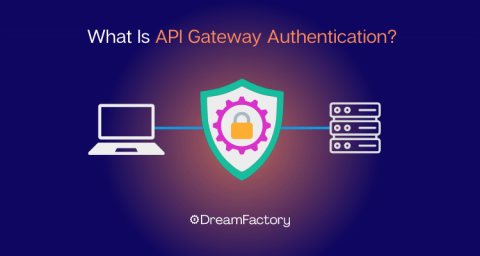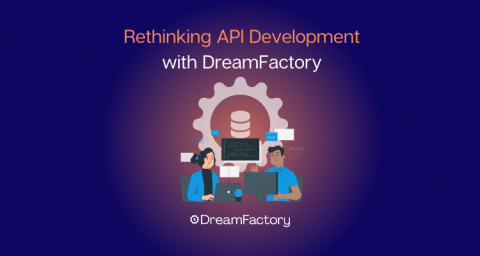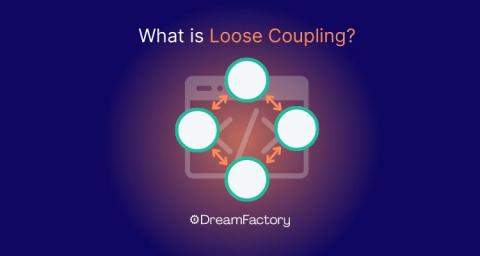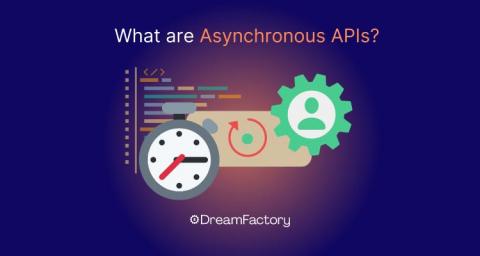Introducing the DreamFactory AWS AMI Launch!
The digital landscape is always moving forward, and so is the way we manage our applications and services. We are proud to introduce something exceptional for our users: A brand-new DreamFactory Amazon Machine Image (AMI) launch.




